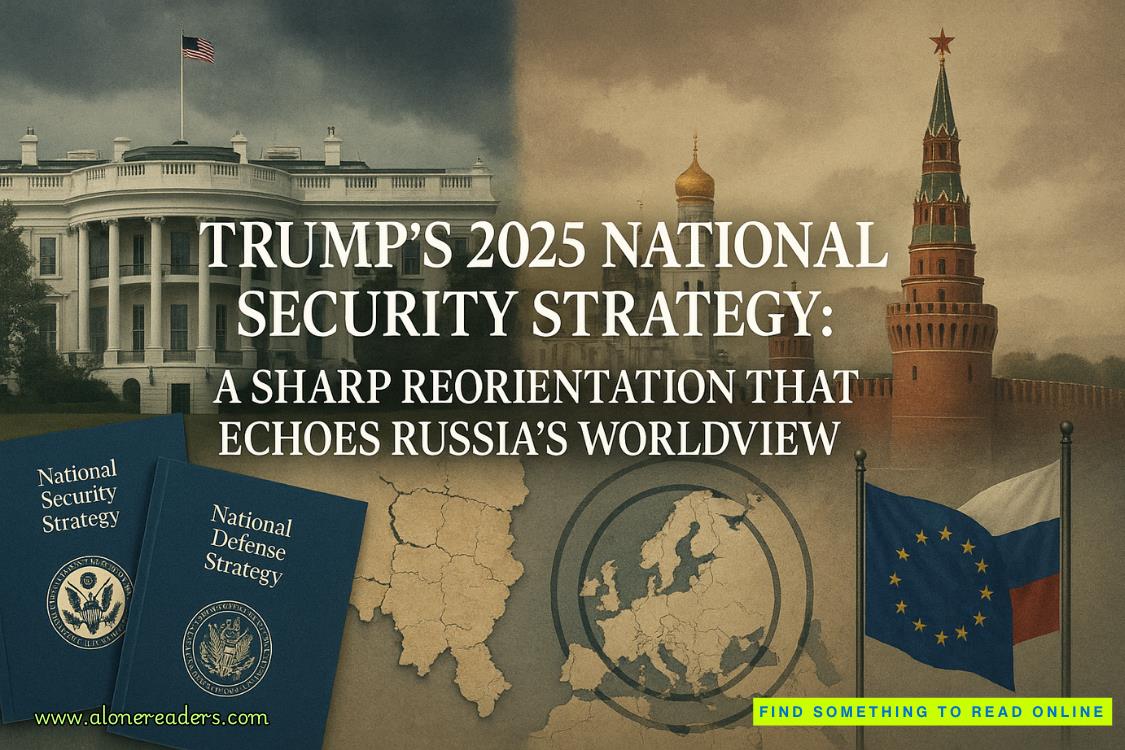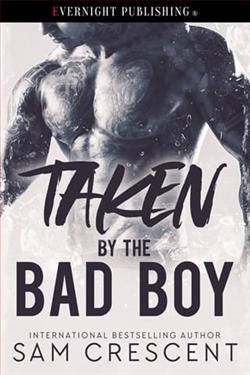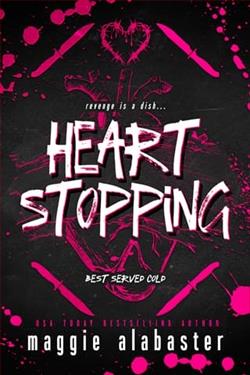Page 38 of Chasing Tomorrow
“Don’t make her laugh,
you idiot,” said Sylvie.
“Sorry. When I was a kid they used to give it to you in a jar to take home.”
“In Canada?”
“Uh-huh.
“In the olden days?”
Sylvie grinned. “As you can see, she’s making a quick recovery.”
After a few minutes a nurse came in and ordered rest. Jean and Sylvie slipped outside into the corridor.
“Thank you for coming.”
“Of course,” said Jean. “You don’t have to thank me. She’s my daughter, I love her to death.”
“I know you do, darling. I didn’t mean that. How’s the case going?”
Jean groaned. “It isn’t. Paris was awful. This girl, the way she lived. You should have seen it.”
His gray eyes were alight with emotion. Sylvie put a hand on his arm.
“You can’t save them all, you know,” she said kindly.
“Apparently I can’t save any of them,” Jean said bitterly. “Call me when you take her home.”
BACK IN HIS SERVICED apartment a stone’s throw from Interpol’s General Secretariat at Quai Charles de Gaulle, Jean Rizzo switched on his computer. He typed in his user name, password and encryption code and watched as a cascade of windows opened relating to the Bible Killer murders.
Each of the victims had a serial number, under which local police had filed evidence. Or rather, where they’d bemoaned their lack of evidence before closing the cases, one after another. Internally, Interpol listed the girls simply as BK1, BK2 and so on. When Jean left for Paris, the file had ended with BK10, a Spanish redhead named Izia Moreno. Tomorrow, Jean Rizzo would add Alissa Armand’s name and image. BK11. That’s all she is now.
In addition to the official files, Jean had created his own, a much more visual affair that he thought of as a computerized whiteboard, like an online incident room. Pictures of the victims made up a montage in the center. To Jean Rizzo, these women would never be numbers. From this hub of faces, ideas fanned out like the spokes of a wheel: lines of inquiry, witnesses, common factors, forensic data, anything that seemed significant, or interesting.
Clicking open this personal file, Jean stared at it for a long time.
Nothing. We’ve got nothing.
A line one of his college professors used to use came back to him:
“In police work, what you don’t know is as valuable as what you do.”
If only that were true, Jean thought wryly.
The truth was, he didn’t know an awful lot. But the clues must be there. They must. No one was that smart, all of the time. He had to start looking at things differently.
The crime scenes were all clean as a whistle. Barring a miracle, they weren’t going to nail this guy on forensics. But there must be something else, some other link among the murders. I’m missing the bigger picture. I need to zoom out.
The concept of zooming out immediately made Jean think of Google Maps.
Maps. Geography.
He tapped the locations of the murders into the computer and brought them up on a map. Madrid, Lima, London, Chicago, Buenos Aires, Hong Kong, New York, Mumbai . . . For twenty minutes he played around, drawing lines between the map dots, rotating the shape, looking for a pattern. Nothing leaped out at him.
If not place, maybe time . . .
For the next two hours, Jean analyzed the dates, days and times of each murder. Was there a message in the numbers? He painstakingly cross-referenced every version of the figures with the biblical verses left at each crime scene. Did Genesis, chapter 2, verse 18, have anything to do with February 18, for example?















